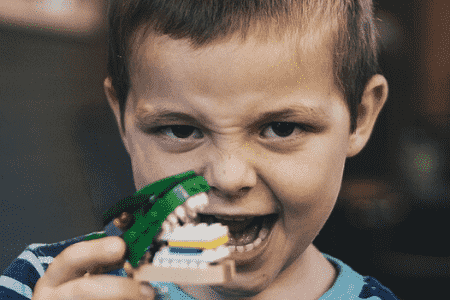Finding Broken Hearts
Birth Matters: September 2019
By Laura Maxson, LM
It’s easy to observe a newborn’s first amazing breaths and not fully appreciate all that is going on deep inside that little body. The switch from “breathing” through the umbilical cord to breathing air generally begins rather seamlessly in the first minutes after birth and by the end of the first 24 hours of life, most babies have made the necessary shift from fetal circulation to adult circulation.

However, an otherwise healthy looking baby could be hiding a serious heart defect requiring lifesaving hospitalizations, surgeries and procedures. By the time signs of the heart problem appear, a baby can be in a serious, life-threatening situation with no time for intervention. Early screening for a CCHD – Critical Congenital Heart Defect, is crucial for earlier detection and better outcomes.
According to the American Academy of Pediatrics, about one in nine babies will have a congenital (existing at birth) heart defect. Some will be minor, and can even resolve on their own, but 18 in every 10,000 newborns will have a CCHD that will require surgery or other procedure in the first year. This type of heart problem results in 30% of all infant deaths. Newborns in California are currently offered a screening test for CCHD when they are at least 24 hours old. This quick and painless procedure takes only a few minutes at bedside. The results are immediate and the benefits can be life saving.
Waiting for 24 hours to screen is key. Besides the umbilical cord, there are several other vessels and structures related to fetal circulation that need to switch over after birth, causing changes in blood flow. Heart defects can become apparent as the transition to adult circulation continues to settle in over days and weeks.
Proper circulation and oxygenation can’t be maintained if there are serious heart defects. A simple check of the baby’s oxygenation in the right hand and either foot, together should indicate that the baby’s circulation is working correctly. A simple pulse oximeter, like the one clipped to your finger at the doctor, is used for the screening. Newborns are so tiny that the probe is attached around the entire hand or foot, instead of just a finger or toe. A reading showing oxygen saturation at 95% or above in the right hand followed by a reading on either foot that doesn’t vary by more than 3% indicates that the circulation is in range. Any reading of 90% or below on either extremity needs to be checked, but otherwise, babies above the 90% cut off who don’t pass the screening get a second chance to pass before the baby is referred for further testing.
The vast majority of babies will pass this screening with flying colors. To give an example, in New Jersey, the first state to mandate testing, only 49 out of the approximately 73,000 babies who underwent screening were referred for being out of range. “Thirty out of 49 babies [who] failed the screening did not have signs or symptoms of a CCHD or a diagnosis made before birth. These babies would not have been checked for a CCHD if they had not been screened.
Of these babies:
3 had a CCHD
17 had other potentially serious problems (including other heart defects or echocardiogram findings)
10 had no reported medical problems”
The majority of those 49 babies were found to be well or not have a serious heart defect after a cardiac consult. While only three babies had a serious heart defect, early detection allowed those problems to be immediately addressed, before the baby was in distress or left the hospital for home.
The screening doesn’t catch every baby, but it often saves the lives of those it does catch. Heart surgery and procedures in a newborn are tricky enough when it’s not a true emergency. This simple screen can bring peace of mind and an early mending of little broken hearts.
Laura Maxson has been the director of Birth Network since 1998. She became an advocate in the early ’80s after experiencing a lack of information and choice around birth and breastfeeding. Laura has worked as a breastfeeding counselor, childbirth educator, doula, and homebirth midwife.








